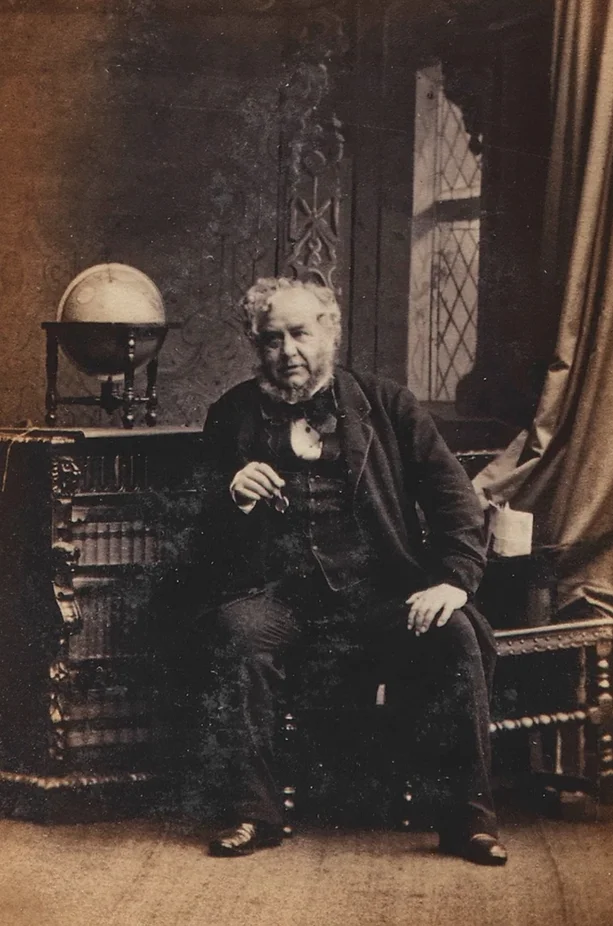
Duncan Dunbar II (1803-1862) was the Richard Branson of his time: a rock-star entrepreneur.
From Dunbar wharf in Limehouse, London, he built a global shipping empire acquiring immense teak forests and establishing a shipbuilding yard at Moulmein in Burma where he built many ships, some of which he took into his fleet. He also patronised James Laing’s Sunderland shipyard extensively. His was the largest fleet under sail—bigger than the Royal Navy at its peak and rivalling P&O and Cunard.
Dunbar was an early adopter of technology such as the revolutionary enclosed West India Docks that eliminated the effects of the Thames River’s huge tidal range and enabled 24 hour operations.
His established routes traversed the world to and from Asia, Australia, and New Zealand. He pioneered ‘Tramp’ shipping.
His fleet participated in the Burmese Wars, the Crimean war, the second Opium War and the Indian Rebellion. Between 1837 and 1862 fully a third of all new arrivals to Australia and New Zealand came in Dunbar vessels.
Like Branson, Dunbar also diversified his commercial interests: he was a trader, a marketer (notably of alcoholic beverages, many imported). He founded two insurance companies and two banks and all continue today in modern form.
When Dunbar died in 1862, at just 58, his estate of £1.6 million was the third largest ever recorded in England. Lion Rampant: Duncan Dunbar and The Age of Sail charts the spectacular rise of Duncan Dunbar II.
It captures the hard-nosed pragmatism, tactical nous and unwavering ambition with which Dunbar bestrode the robust commercial circles of a dominant British Empire.
